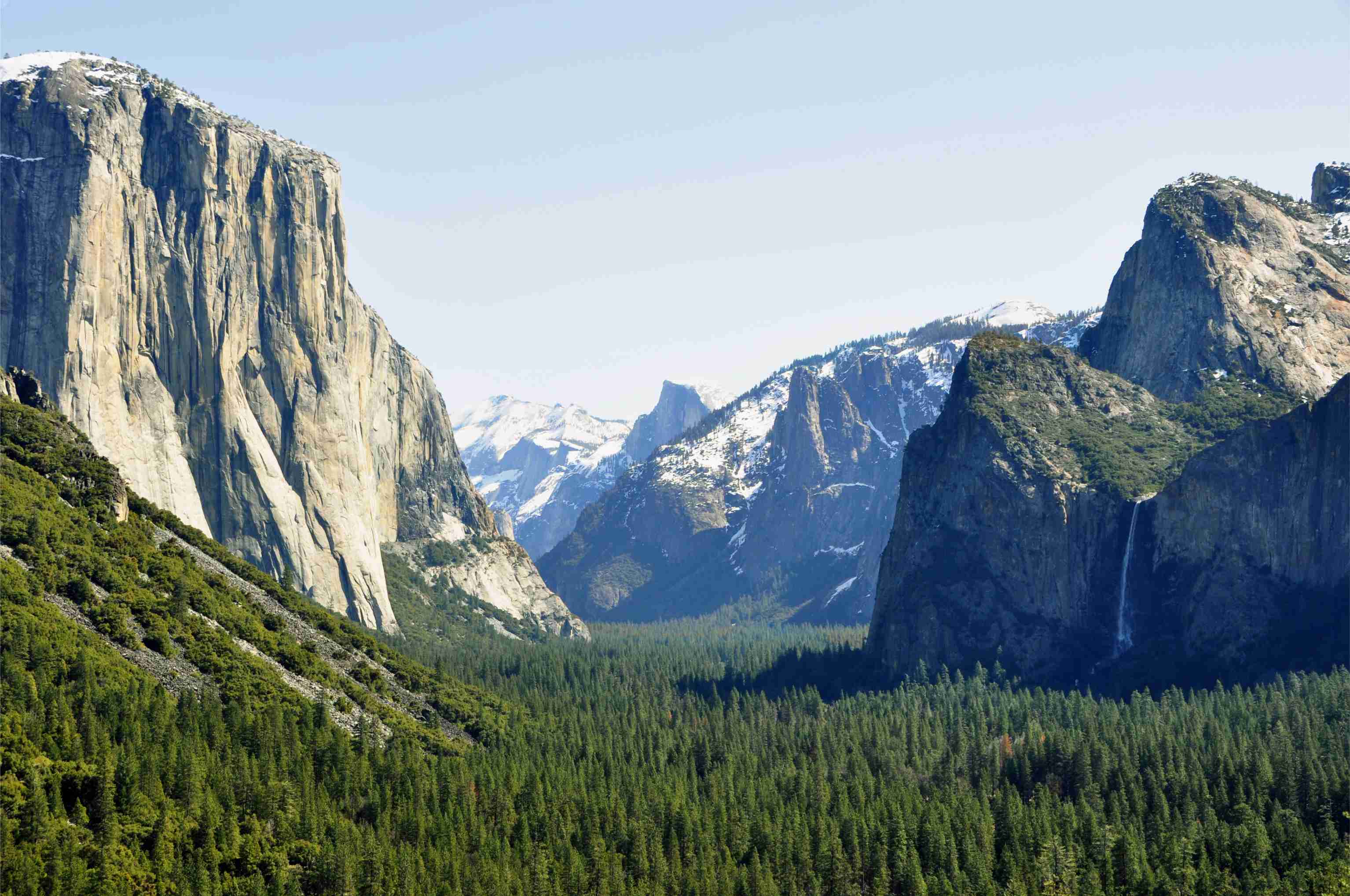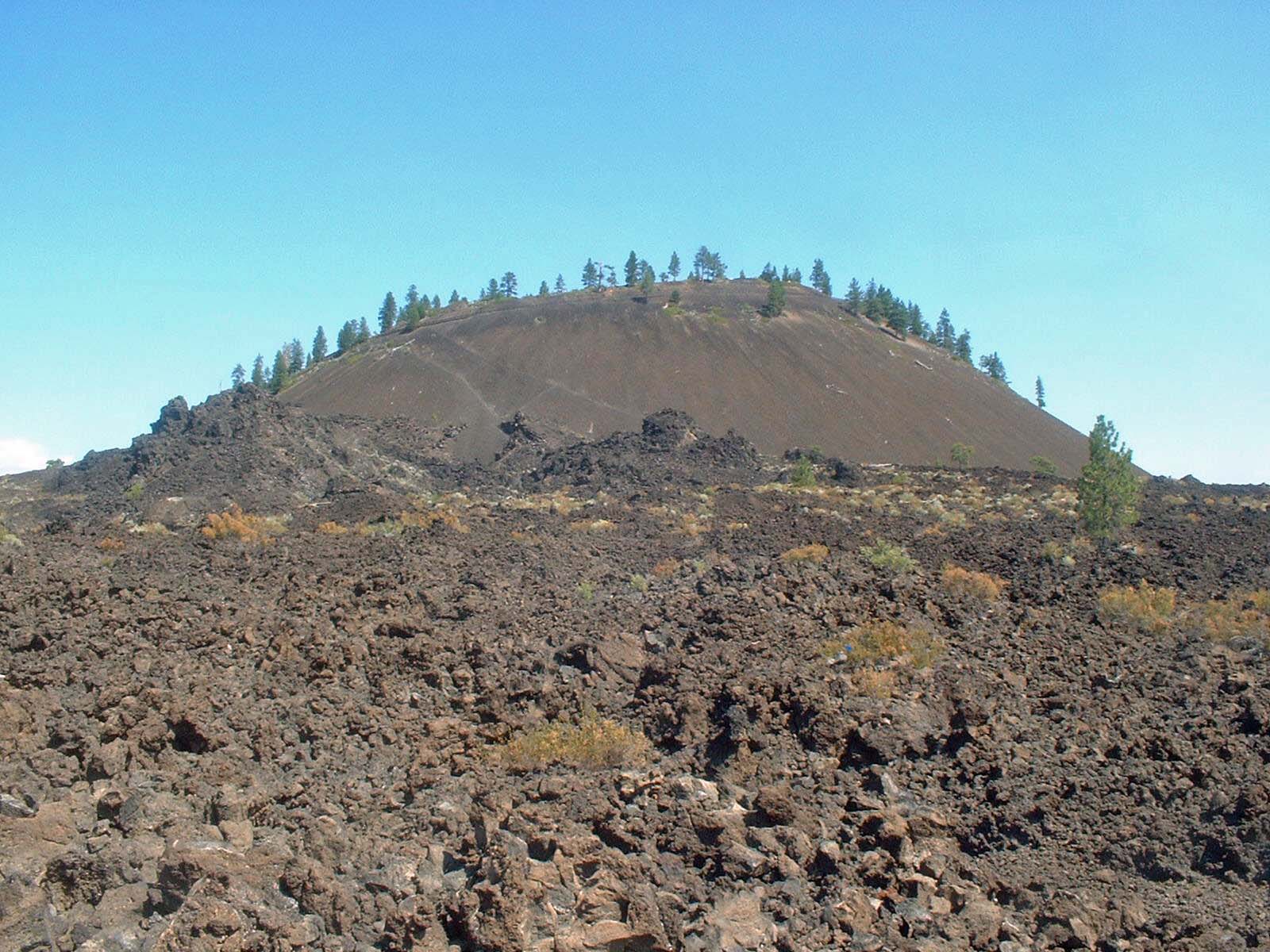C3-2
Types of Igneous Rock
The size of the crystals in igneous rock is the major characteristic used to distinguish between the two main types of igneous rock.
- Intrusive Igneous Rock: Intrusive igneous rock is formed when magma cools and slowly hardens below the Earth’s surface. This slow loss of heat over an extended period of time allows relatively large crystals to form. Individual crystals can usually be seen with the unaided eye in intrusive igneous rock. The visible presence of crystals gives rocks of this type, like granite, a coarse-grained texture. Intrusive igneous rock is also known as plutonic igneous rock.
- Extrusive Igneous Rock: Extrusive igneous rock is formed when lava cools on the Earth’s surface. The molten rock cools fairly quickly, not providing enough time for large crystals to form. The individual crystals that do form are too small to be seen with the naked eye. Extrusive igneous rock is also known as volcanic igneous rock. The rapid cooling gives rocks of this type, like basalt, a very fine-grained texture.
Click here to see the location of intrusive igneous rock in North America.
The adjective plutonic dates from 1833 and is based on Greek mythology. The Greek god of the underworld was named Pluto.
Click here to see the location of extrusive igneous rock in North America.
Location, location, location!
The location of certain rock types can often provides clues as to their formation.
- Click here to zoom in on the rock types of the western parts of North America and Mexico.
- Carefully examine the rock types present in the western parts of North America and Mexico.
- What types of rocks dominate in the western parts of North America and Mexico? Sedimentary rocks dominate in the central parts of North America and Mexico. Igneous rocks (both intrusive/plutonic and extrusive/volcanic) then dominate the further west you go, right up to the coastal areas.
- What broad pattern do igneous rocks form in western North America and Mexico? Igneous rocks roughly form a broad band that travels down the coastal and neighbouring areas in North America and Mexico.
- How do you account for this very distinct band of igneous rocks? What do you think? (Click here if you need a clue to help you answer this question.) These igneous rocks were formed as a result of volcanic action produced by the interaction of tectonic plates primarily along the coastal areas. (See sections B3-2, B3-3 and B3-4 for further information about plate boundaries. See also sections F1-2, F1-3 and F1-4 for further information linking volcanoes and plate boundaries.)

